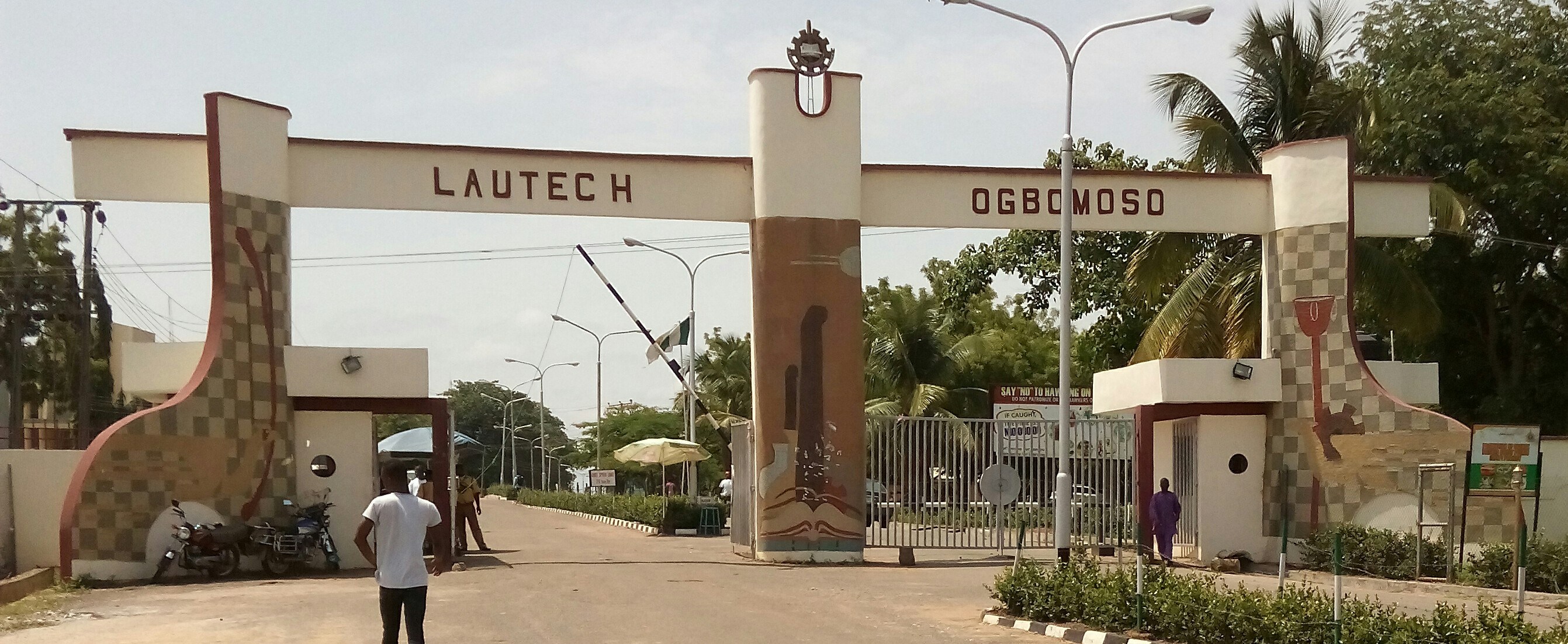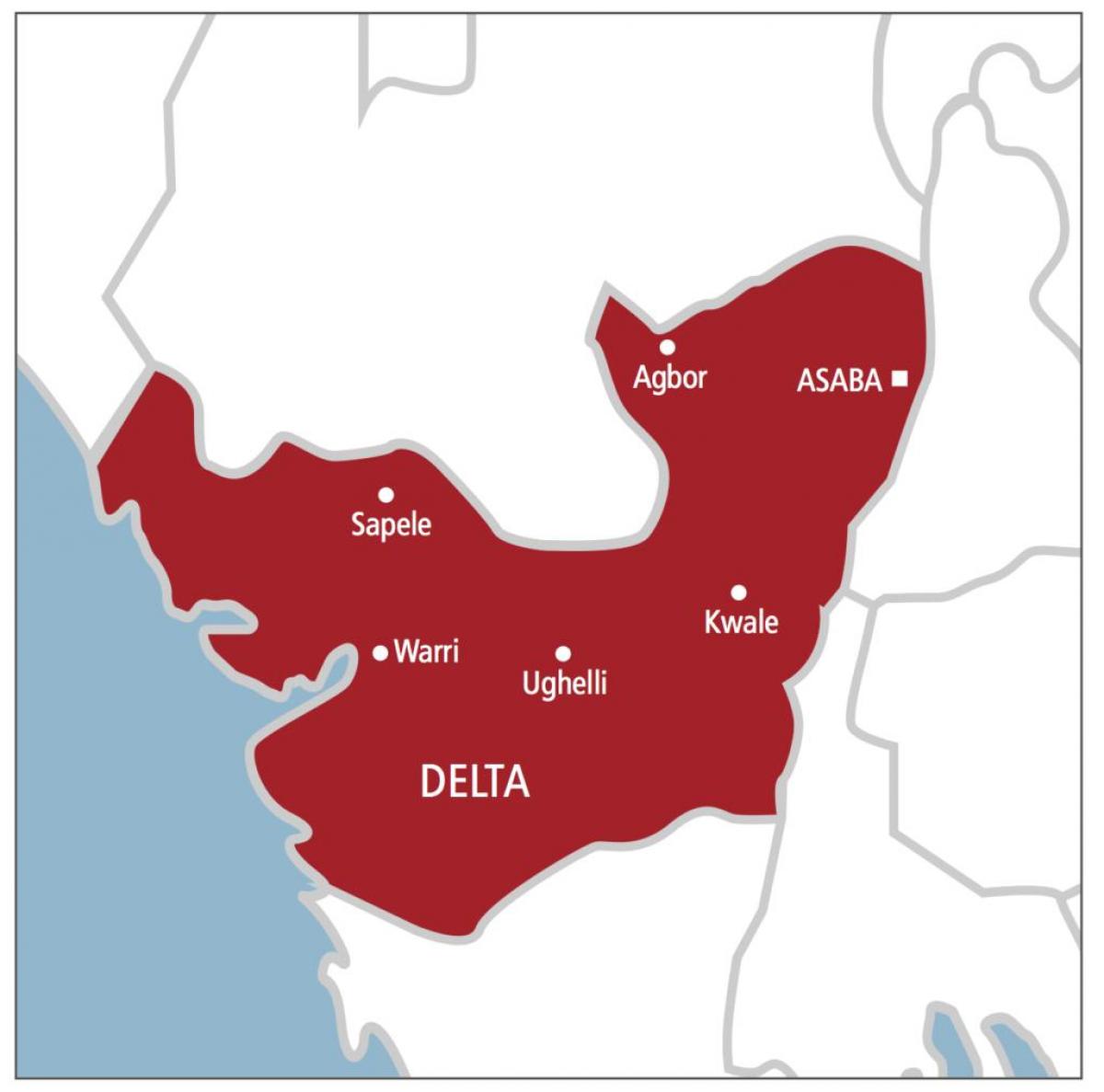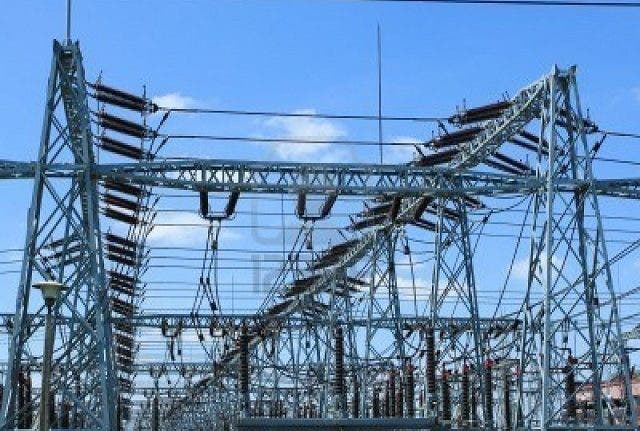Issues bordering on Ladoke Akintola University of Technology (LAUTECH), Ogbomoso, a prized legacy, fondly owned by two sister-states, are of late suggestive of its getting ceded to one of the two states. The event of its concession, should it see the light of day, will not pass without raising some dust of doubt, distrust and discontent. NIYI OLASINDE x-rays expected concerns that possible revocation of the institution’s joint ownership may raise in stakeholders.
THE joint ownership enjoyed by Ladoke Akintola University of Technology (LAUTECH), Ogbomoso is unique and rare. Right from the start of this peculiar ownership policy in 1991, eyes had focused on the institution and the two states (Osun and Oyo) involved and clouds of uncertainty and fear greeted the accord all along. Optimists and pessimists alike have taken turns to ponder on the possibility of the continued maintenance of dual ownership policy of the institution by two separate states; even, through the thick and thin of drifts in the governance of the two states by separate political parties with differing political programmes, manifestos and ideologies at different points in time. The rarity of the institution’s ownership and management pattern in our clime is made more complex by the bad example and poor precedence the trend had so far set. So far, even during the era of democracy, it has been demonstrated as sheer impossibility that two sister-states should own a venture together and profiting / prospering by it.
The situation became more precarious when one of the two states in its ownership accord started to drag foot in fulfilling its part of the edict and pact in the venture. The final straw that broke the camel’s back is the clear indication which began to manifest around 2003/2004 that one of the owners intended its full takeover. This became more manifest by the day as time wore on. It climaxed recently when, upon his coming aboard the reins of power and governance, Governor Seyi Makinde of Oyo State boldly made known his intentions and those of his state to discontinue the joint ownership and take over full sole ownership of the institution. This development did not come as a shocking occurrence. Spurious and clandestine efforts had been made in the past by former governor Christopher Adebayo Alao-Akala to hatch the selfsame scheme. It is, now, not a complete shocker, since Governor Makinde made the agenda a loud and clear campaign promise during the election process that brought him into office in 2019.
The institution came into being during the 1989 / 1990 academic year, when in cognate response to long yearnings and aspiration of founding fathers of the areas under the old Oyo (now retired Brigadier General) and Colonel Sasaenia Adedeji Oresanya (deceased) took turns to launch the nucleus of the institution. This was in copious response to skyrocketing admission needs of indigenes and residents of the state, in spite of the presence of two federal universities on its soils, specifically in Ibadan and Ile-Ife.
At inception, the LAUTECH of today was known as Oyo State University of Technology (OSUTECH) and it had its main campus domiciled in Ogbomoso. Part of the agreements reached on the issue of presence of the institution was that the academic wing should be in Ogbomoso, while the medical wing should be sited in Osogbo. This pact became more prominently manifest with the carving out of the State of Osun in 1991. Alongside other developments, the joint ownership of the institution by two emerging states and the change in the name of the institution to Ladoke Akintola University of Technology were additional reviews in the pact, brought about by the state creation of 1991.
All through the twilight period of military rule, down to the earliest years of democratic rule, LAUTECH enjoyed smooth running, made possible by the positivist climate created by the various governors who served as its joint visitors during their tenures of office. Chief Bisi Akande (Osun) and Chief Lam Adesina (Oyo) were involved between 1999 and 2003 and both ruled under the Alliance for Democracy (AD). 2003 to 2010 witnessed a lopsided era when Prince Olagunsoye Oyinlola (Osun) and Senator Rasidi Ladoja (Oyo), both of the Peoples Democratic Party (PDP) held sway as joint visitors to the institution. Later in that era, political maneuvers and manipulations in Oyo State gave foray to governor Alao-Akala. Akala met Oyinlola on seat as governor of Osun and with Akala’s incursion into office, trouble started for the institution; even in spite of the fact that both governors belonged to the same political party.
Late 2010 saw the emergence of Ogbeni Rauf Aregbesola as governor of the State of Osun. Aregbesola of the Action Congress of Nigeria (AC), later All Progressives Congress (APC) meant well for the institution. He was astute, committed and forthcoming with funding and good management of the institution; just as he charted the course for its autonomy and rapid transformation into a genuine engine room for development. Aregbesola never reneged in underscoring the value of that institution as fond legacy which at best must be preserved. Unfortunately, that was an era when Akala with who he functioned as joint visitor saw issues in entirely different light. It appeared that Aregbesola’s progressive ideologies pitched his policies much at variance with Akala’s. That was the era when things began to fall apart for the institution. By the time of Akala’s exit from office in 2011, more than enough damage had been done to the institution and the ownership standing of Oyo State in the project. Not even the emergence of Senator Isiaka Ajimobi (deceased) of the same political leaning with Aregbesola could revive the old glorious trend for Oyo State in the project. For crying loud, Alao-Akala had hatched the craft of full ownership of the institution by executing parallel projects in Ogbomoso that should, by agreement, be domiciled in Osogbo. Not only did he build a gigantic Teaching Hospitals’ Complex, he also built a College of Medicine and other facilities that should have been developed in Osogbo under the university’s founding and ownership edict.
Enough had happened in the recent past that indicates a sad and impending end to the joint ownership stake of the two states in the legacy monument called LAUTECH. The stand of Governor Makinde on the institution is that of division and complete takeover by Oyo State. The way it stood, the State of Osun was willing and ready to remain a joint owner and stakeholder, all through to the time of the incumbent Governor, Mr. Adegboyega Oyetola. However, recent events caused Osun to appear to be willing to accept to ceding the institution, on the proviso that terms and conditions for doing so are found favourable. The way it stands as at date, aside the fact that joint ownership of same university by two separate states is unfashionable, it has also proven impossible and impracticable. Now, given the fact that bulk of the assets of the institution are domiciled on the soils of Oyo State, what becomes of the stake of Osun in the project; should it be eventually ceded out? What becomes the status and future of the institution in the event of takeover by either state? How will the students, staff and other stakeholders fare in this event? These and many more questions currently puzzle the minds of pundits, stakeholders and observers.
Of greater clarity in this regard is the concern raised over the expediency of Osun in approaching ceding negotiations with Oyo in the absence of an arbiter. A good cross section of concerned residents shows apprehension over the possibility that Osun will be fairly treated in the assets/liabilities sharing processes in the first place. Instead, it is considered of greater expediency to approach the Supreme Court straight away, so that Osun will get its deserved justice in the severance deal.
Casting a cursory look down the memory lane, the fortunes incurred into the LAUTECH project by the State of Osun are inestimable. Aside the fact that endowment fund launch was organized in each of the 22 local governments (out of 42 that old Oyo State had at the time) on the soils of the present-day State of Osun, other investments in money and goodwill have gone into the deal all along. Do the investments that are domiciled in today’s Osun accurately commensurate the state’s gross investment in the project. Talking in terms of value and human resource, has Osun benefitted enough from the project, both in terms of students’ turnout / enrolment figure and staff engagement? Has the university’s total contribution to the society caused it to be worthwhile enough in the final analysis? In aggregate, wouldn’t it constitute a colossal loss for the State of Osun to take its hand off this worthy legacy monument at a time like this?
In the midst of this dilemma, in the presence of an arbiter or without any, it will be considered expedient if all parties could return to the drawing board and reconsider the options available to them upon state creation in 1991. The concerns that were of topmost priority then were:
- Should the university be taken over entirely by the emerging Oyo State?
- What becomes of the fate of the new Osun indigenes who are principal officers of the university?
- What happens to the admission policy of the university?
The emerging options from which the joint ownership decision was embraced were that:
- That the new Oyo State should completely take over and run the university
- That both Oyo and Osun states should assume joint responsibility (as before, under the old Oyo State)
- That the Federal Government should assume full and sole responsibility of running the university
- That the university be closed down for good
While it is agreed that this very last option is not desirable, we sue and caution that eventual decision will now be guided by wisdom and maximum benefit to both parties involved.











